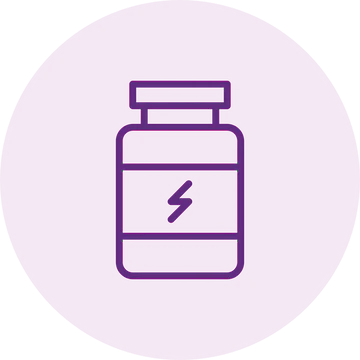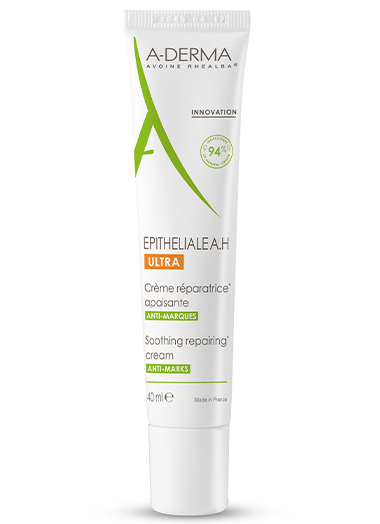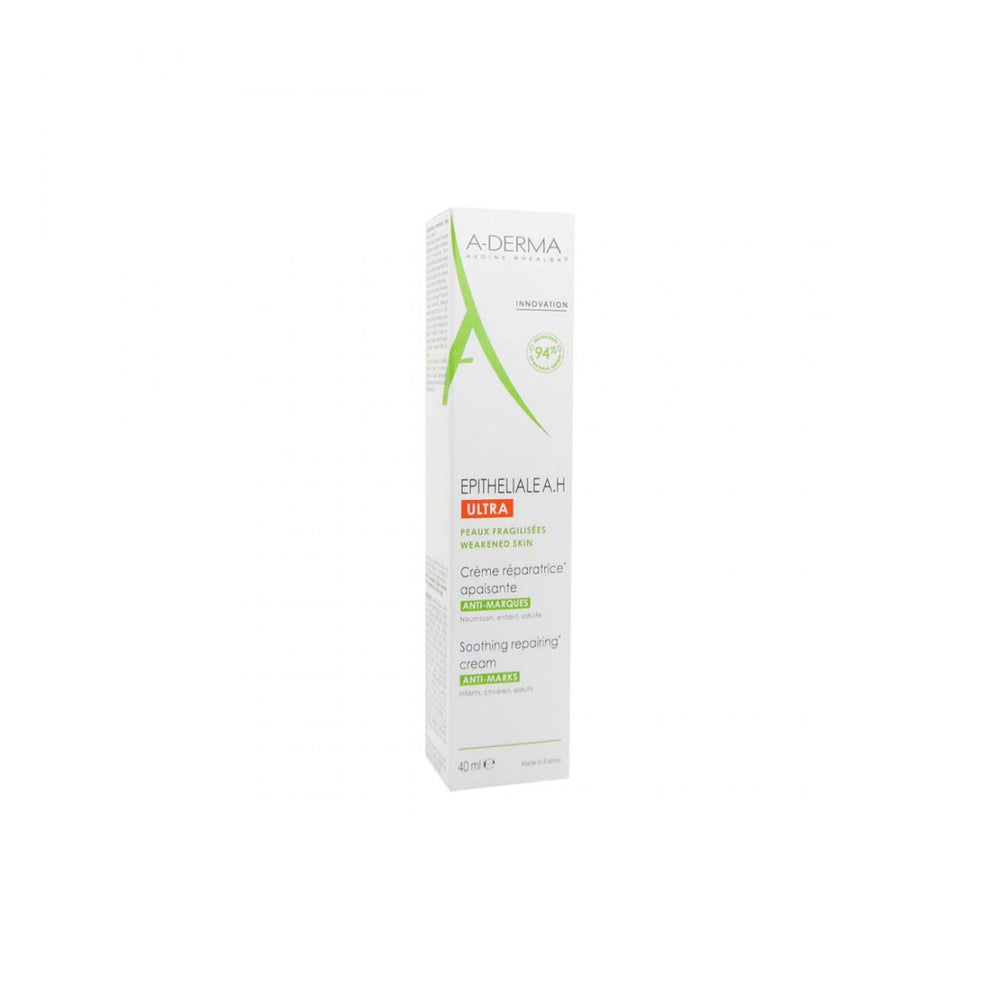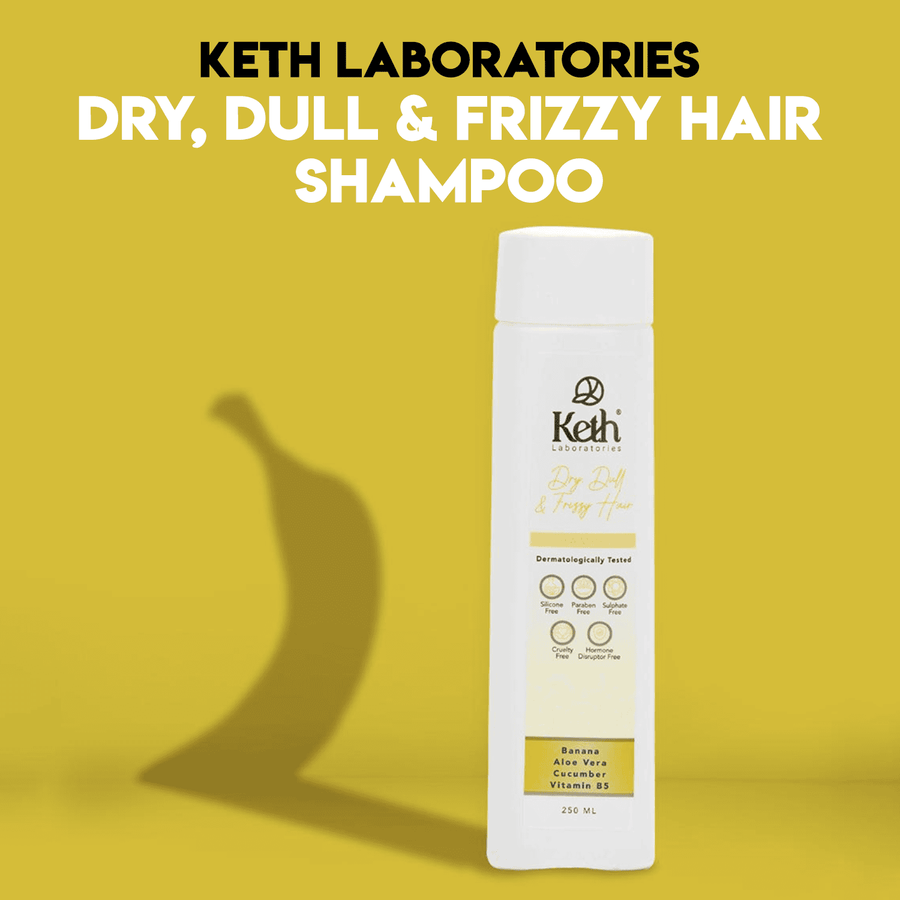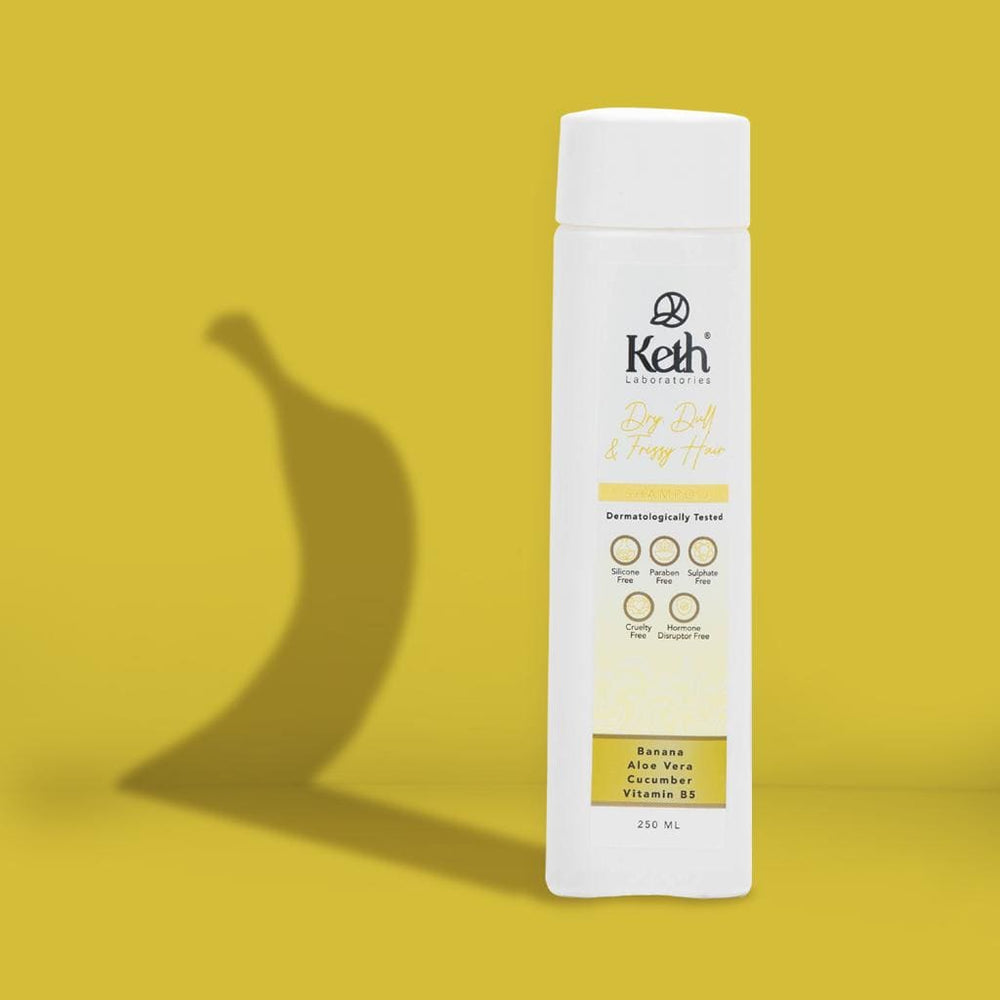The Correct Skin Care Routine Order to Try in 2023
It’s 2023 and figuring out a skincare routine is still confusing. There are toners, eye creams, face oils, and spot treatments and the order to apply them can make the whole process overwhelming.
Do you apply moisturizer before or after a serum? How many times a week should I use a retinoid? What is the right routine for my skin type? If you are plagued with questions like this, look no further. We’ve got you covered.
Whether your routine is three steps or ten steps, the order is very important. The reason why the order is so important in a skincare routine is that it helps to achieve the best results. When you apply products in the correct order, your skin receives the maximum benefits from them.
It is important to remember that everyone’s skin is unique and different products work for different people. Your skin also changes with age, weather, and time of day. You cannot take a ‘one shoe fits all’ approach while devising a routine for yourself.
Before we delve into creating a routine, let’s recall the golden rule of applying your skincare products - Always go from thinnest to thickest. The order depends on consistency.
Here is a step-by-step guide on how to layer your skincare based on your skin type and concerns.
Know Your Skincare routine for Oily, Dry, Sensitive, and Acne-Prone Skin
Step 1: Cleanser
Cleansing your face is the very first step in your skincare routine order. Products like serums and moisturizers work best on a clean surface. Using a cleanser will help unclog your pores by removing impurities and excess oils.
Whether it is morning or evening, always remember to cleanse your face before applying your products. In the evenings, you can even go in with a double cleanse to remove makeup and grime. Oil-based cleansers and cleansing balms are some of the options that you can consider for your nighttime routine.
Ideally, you can pick a cleanser that cleans your face without stripping it of its healthy oils and skin barrier.
Your skin type determines the type of cleanser that you should go for. If you have dry skin, you can choose ones that contain ingredients like ceramides and hyaluronic acid. People with oily skin should invest in gel or foaming products while those with acne-prone skin can pick products with salicylic acid or other acne-fighting ingredients.
Step 2: Toner
A toner helps to maintain your skin’s pH levels and remove any additional impurities from its surface. By catching any dirt that your cleanser missed, these water-based products can make your pores appear smaller.
You can use a toner right after you cleanse your face. Dab a small amount of the toner onto a cotton pad and gently swipe it across your face.
For those with dry skin, hydrating toners can produce the best results. If you have oily skin, astringents or toners with witch hazel might work best. Use gentle toners that have antioxidants or exfoliants such as glycolic acid if you have combination skin.
Step 3: Serum
Serums have ingredients that help address and rectify specific skin concerns. It penetrates your skin and offers treatments to areas that have problems. Specific serums can tackle issues like skin brightening, hyperpigmentation, acne, and dryness.
For instance, a Vitamin C serum will help brighten your skin while retinol will help you fight acne due to its dehydrating properties. Kojic acid and tranexamic acid work well on skin that suffers from hyperpigmentation.
Some serums can only be used at night while others can be used in the morning and night. Retinoids should be used only at night while niacinamide and Vitamin C also be used during the daytime.
If you have various concerns, you can use multiple serums but make sure that you read the ingredients list carefully. Using too many serums can also clog your pores and be counterproductive for your skin.
Step 4: Eye Cream
The area under your eyes is delicate and requires nourishment and care. If you struggle with fine lines, dark circles, puffiness, or wrinkles, eye creams should be a part of your skincare routine.
These creams work like moisturizers but they specifically target your under-eye area.
You can pick an eye cream depending on the ingredients and the issue at hand. A caffeine-based cream works well for puffiness while peptides help in reducing wrinkles and sagging. For treating multiple eye concerns, you can buy eye creams with a mixture of these ingredients.
Given the delicate nature of your under-eye area, the way you apply the product is important. Take a small amount on your ring finger and dab it lightly onto your skin.
Step 5: Moisturizer
A moisturizer is one of the most crucial steps in the skincare order. If you have applied a serum or an eye cream, waiting for your skin to absorb the product before moving on to a moisturizer is the best practice.
Moisturizers help in hydration and will leave your skin feeling soft. It protects the skin’s barrier. You can opt for lightweight creams in the morning and heavier ones in the nighttime.
While choosing a moisturizer, you should take your skin type into consideration. A hydrating and heavy cream works well for those who have dry skin, a gel-based or lightweight option will suit those with oily skin. Moisturizers that are fragrance and alcohol-free work best for people with sensitive skin.
It is a popular misconception that oily skin does not need moisture or hydration. Moisturizing allows you to regulate oil production and skipping this step will result in your face generating more oil to compensate.
Step 6: Face Oil
If you have naturally dry skin or you are looking for your face to glow, oils can be a part of your skincare routine steps.
Considered to be heavier than moisturizers in most cases, oils can be nourishing and hydrating for your face.
Take a few drops of the oil on your palm and gently rub them together to warm it. Slowly press the oil onto your face. Be sure to let your skin absorb it before applying any additional products like sunscreen.
Note: If you have oily or acne-prone skin, you can choose to avoid heavy oils as they can clog your pores and make your skin feel heavier.
Step 7: SPF (AM Only)
The final step in your skincare routine is perhaps the most important one. Applying sunscreen with a high SPF (Sun Protecting Factor) is the best way to protect your skin from a variety of potential risks.
Not only does wearing sunscreen protect you against skin cancer, premature aging, sun spots, and tanning but it also accentuates the work of the other products in your routine. If do not wear sunscreen, you might as well skip all other steps as it won’t help rectify your skin concerns effectively.
We recommend that you pick a sunscreen that has an SPF of 30 or above. This will offer proper protection against harmful UV rays.
Sunscreens are generally of two types- chemical and physical. Chemical sunscreens are made of ingredients like oxybenzone, avobenzone, homosalate, etc. These are active elements that absorb UV light that comes in contact with the skin.
Chemical sunscreens are known for not leaving a visible white cast.
Physical SPFs are formulated with minerals like zinc oxide and titanium oxide. They reflect the radiation off your skin and prevent hyperpigmentation and aging. People with sensitive skin can opt for a physical sunscreen as it contains a lesser number of irritants.
Remember to use sunscreen even if you are indoors and always re-apply every two hours for maximum coverage.
Some Additional Tips
1. It is best to do a patch test before applying new products to your face.
2. Do not layer your skin with too many serums at a time. It will prevent them from being absorbed effectively by your face.
3. Give time for products to be completely absorbed by your skin before applying the next one.
4. Make sure your hands are clean before applying products to your face.
5. Use exfoliants once or twice a week to remove dead skin cells and reveal smoother and brighter skin.
6. Your neck can also show signs of sun damage and aging. So, apply your products on your neck as well to keep it nourished and bright.
The Bottom Line
It is understandable that the number of steps in the skincare routine can make the process overwhelming. Feel free to skip some of them if they are not for you. However, applying SPF and cleaning your face is essential.
The most important thing to remember while creating your customised routine is to have fun. Take time to test out different products to see what works best for your skin.
Patience is key when starting to build a routine. If you give your skin some time to adapt and absorb the benefits of the treatments, you will definitely see results.









